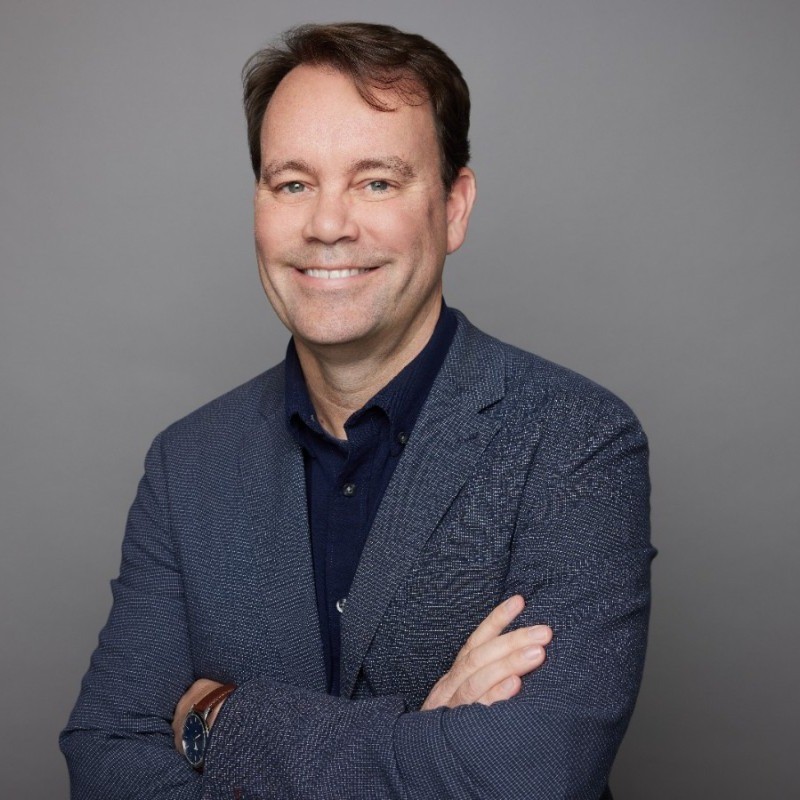The Good, the Bad, and the Ugly from the 4A’s Transformation 2016 Conference
Disruption was a major theme at the 4A’s Transformation 2016 conference, which concluded today in Miami Beach. Consumers’ capability to skip television ads, the increasing power of social and digital marketing, and the increasing power of online video have combined to disrupt the advertising agency business.
It was, however, somewhat comforting that at least two of the presenters during the conference reassured the ad agency executives in attendance that they weren’t alone. Salim Ismail, Executive Director of Singularity University, showed during his speech at Transformation 2016 that the exponential growth in the efficiency of solar panels is poised to disrupt the oil and gas industry. And New York Times Company President-CEO Mark Thompson told the attendees, “This conference sounds like the conferences the newspaper industry had a decade ago. This is what disruption feels like.”
Yes, the conference outlined the disruption and other turmoil facing advertising agencies. But it wasn’t devoid of optimism, either. Speakers also offered attractive pathways to strengthening the ad agency sector.
Read on for the good, the bad, and the ugly from Transformation 2016.
The Good
The ad industry’s adaptation to disruption is well underway
It’s clear that many advertising agencies are responding to the disruption around them by developing revitalized business models. Maurice Levy, Chairman-CEO of Publicis Groupe, sees a huge, $1.6 trillion opportunity by offering consulting, technology and marketing services to clients. And Publicis has put its money where its mouth is by acquiring Sapient for $3.7 billion about 18 months ago. Sir Martin Sorrell, Levy’s long-time rival as Chief Executive of WPP, is also pursuing an evolving model. Sorrell, who appeared via video at the conference, said, “The fusion of technology, data, and content are critically important, in my view.” WPP has positioned itself for this fusion with its acquisition of Xaxis and partnership with AppNexus, among other moves. These holding companies are making bold moves to adapt, which is not surprising to Scott Hagedorn, CEO of Annalect Group, who said adaptation is in ad agencies’ DNA. “This is the best time (to be at an agency),” he said. “I think agencies thrive on change. We not encumbered by the past or with products. We are able to adpt quickly.”
Great content still wields power – and can “weaponize” CMOs
Jeff Goodby, Co-Chairman of Goodby, Silversein & Partners, in a presentation he called, “How Vandalism Will Save Advertising,” made the case that great creative and compelling content, even if they’re not on the traditional medium of television spots, will preserve the relevance and the necessity of the ad agency. “Like good vandalism,” Goodby said, “good advertising is funny, loud and still there the next day.” To prove his point, he showed a handful of excellent creative content his agency had produced, including an interactive piece that took the user inside a Salvador Dali painting and a PhotoShop ad that took the viewer inside the mouth of Aerosmith’s lead singer. (“It’s disturbing to be inside Steve Tyler’s mouth. I don’t like that part,” Goodby joked). Ultimately, Goodby said that great creative and compelling storytelling, no matter what the format, will help agencies become indispensable. Great advertising “makes the CMO insto a weapon inside their companies,” he said. The average tenure of CMOs is about three years and eight months. “The average tenure of a CMO who works with us is seven years,” he said.
The Bad
The industry can do better on diversity
The Transformation conference took place against a background of sexual harassment allegations against the former chief executive at WPP’s J. Walter Thompson. In taking the stage to kick off the conference, Nancy Hill, President-CEO of the 4A’s, wasted no time in confronting this issue. She declared that the agency world needed become more diverse, and the push for inclusion needed to come from the top. “The CEO needs to be the chief diversity officer,” she said. Sorrell agreed with this concept. He noted that at WPP, the J. Walter Thompson situation notwithstanding, diversity is strong through middle management levels, but falters in the senior executive ranks. “There is a problem,” he said. One way that the industry’s diversity may improve in the future is that the middle managers, where diversity is reasonably strong, are responsible for new hires. One panelist, Chloe Gottlieb, Senior Vice President-Executive Creative Director at R/GB, commented on a hire she had recently made that bolstered her agency’s diversity. “I actually have the power to hire,” she said. “If I can make space for people like that, then bring it on.”
Talent retention is an issue
Attracting and retaining talent is a sobering issue for the ad agency world. New research by LinkedIn and the 4As, which was unveiled at the conference, put some numbers on the talent issue. One problem is that the average first year agency salary is $45,000 lower than in the technology industry. Additionally, when compared with competitive industries, agencies ranked last in perceptions of “work/life balance” and “long-term strategic vision.” Jann Schwarz, Linkedin’s Global Director, Agency Holding Companies, said that agencies did rank higher in “culture that fits my personality.” He offered this advice to agencies: “The research shows that professionals in the advertising industry are looking for more than just money to keep them at a company. The solution to filling this gap is for agencies to focus on telling the story of their culture and purpose, showcasing their Talent Brand in a compelling way that offers sustainable differentiation.”
The Ugly
Spec new business pitches devalue the industry’s product
The industry spends hundreds of millions of dollars annually on new business pitches. Bill Koenigsberg, President-CEO of Horizon Media, told the attendees this practice has to stop. “As an industry, we spend over $400 million in free man hours, producing work that we give away. We give away hundreds of millions of dollars in knowledge capital,” he said. He showed a video the 4A’s created that comically shows how no other business, from restaurants to architecture firms, give away their product or service for free in order to land new business. “We have to stop the insanity of devaluing our product and giving it away for free,” Koenigsberg said, adding: “It’s time we all said no to spec.”
The title of the conference was apt: Transformation. The advertising agency world is certainly going through changes, yet the conference had moments of strong optimism for the future. Perhaps no one at the conference had more encouraging words for the industry than Shane Smith, founder of Vice Media, who said: “Stop being afraid. We like you. You’re our friend.”
For regular coverage of crucial industry events, subscribe today to the LinkedIn Marketing Solutions blog!




